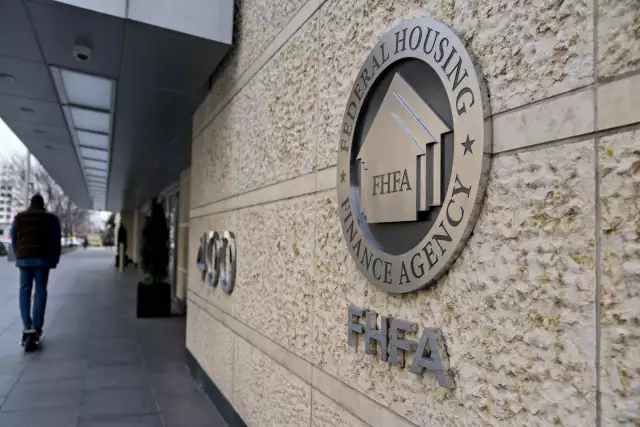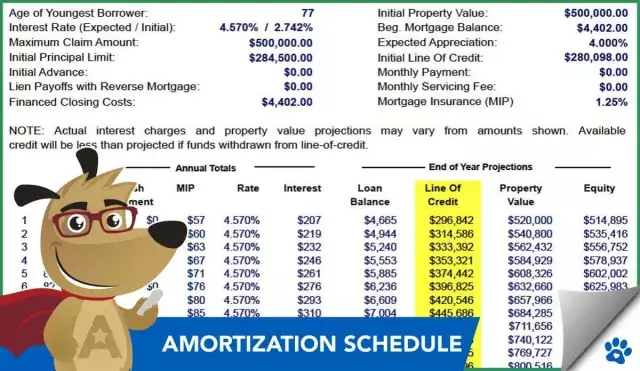Compliance in Mortgage Marketing: Understanding the Key Regulations and Best Practices
Compliance in Mortgage Marketing: Understanding the Key Regulations and Best Practices
In today's financial industry, mortgage marketing is subject to numerous regulations that aim to protect consumers from misleading or deceptive advertising practices. The Consumer Financial Protection Bureau (CFPB) has established a set of rules and regulations to govern mortgage marketing and ensure that mortgage lenders and brokers comply with the Truth in Lending Act, Equal Credit Opportunity Act, Fair Housing and Equal Opportunity Act, and Mortgage Acts and Practices — Advertising. Understanding these regulations is crucial for mortgage professionals to ensure they are promoting their services in a compliant and ethical manner.
Consumer Financial Protection Bureau (CFPB) Rules:
The Consumer Financial Protection Bureau (CFPB) is a federal agency responsible for implementing and enforcing consumer protection laws in the financial sector, including mortgage marketing. The CFPB has established rules and regulations that govern mortgage advertising and disclosures, requiring mortgage lenders and brokers to provide accurate and transparent information to consumers. For example, advertisements must provide accurate information about interest rates, loan terms, and other loan costs. Additionally, lenders and brokers must clearly disclose any potential conflicts of interest.
Truth in Lending Act:
The Truth in Lending Act (TILA) is a federal law that requires mortgage lenders to provide detailed information about the costs and terms of loans to consumers. This includes information about the annual percentage rate (APR), the amount of the loan, the loan term, and the total amount of interest and fees to be paid over the life of the loan. TILA helps consumers make informed decisions about the loans they are considering and protects them from deceptive practices.
Equal Credit Opportunity Act:
The Equal Credit Opportunity Act (ECOA) is a federal law that prohibits discrimination in lending based on race, color, religion, national origin, sex, marital status, age, or receipt of public assistance. ECOA requires mortgage lenders to provide equal credit opportunities to all borrowers, regardless of their protected status. This helps to ensure that all consumers have equal access to credit and can obtain a mortgage loan on fair terms.
Fair Housing and Equal Opportunity Act:
The Fair Housing and Equal Opportunity Act (FHEOA) is a federal law that prohibits discrimination in housing, including in mortgage lending. The FHEOA prohibits discrimination based on race, color, religion, national origin, sex, familial status, and handicap. Mortgage lenders must ensure that their advertisements, loan processes, and loan underwriting practices are fair and do not discriminate against protected groups.
Mortgage Acts and Practices — Advertising:
The Mortgage Acts and Practices — Advertising (MAPA) is a federal law that governs mortgage advertising and marketing practices. MAPA requires mortgage lenders and brokers to provide accurate, truthful, and not misleading information in their advertisements. MAPA also sets standards for advertising and marketing practices, such as the use of trigger leads, pre-screened lists, and other forms of marketing that can potentially lead to consumer harm.
Frequently Asked Questions:
Q: What is the Consumer Financial Protection Bureau (CFPB)?
A: The Consumer Financial Protection Bureau (CFPB) is a federal agency established in 2010 to protect consumers from financial fraud and ensure that consumers have access to fair and transparent financial products and services.
Q: What is the Truth in Lending Act (TILA)?
A: The Truth in Lending Act (TILA) is a federal law that requires mortgage lenders to disclose key terms of the loan, such as the annual percentage rate (APR), finance charges, and loan amount, to help consumers compare and understand the costs of different mortgage options.
Q: What is the Equal Credit Opportunity Act (ECOA)?
A: The Equal Credit Opportunity Act (ECOA) is a federal law that prohibits lenders from discriminating against consumers on the basis of race, color, religion, national origin, sex, marital status, age, or because a consumer receives income from a public assistance program.
Q: What is the Fair Housing and Equal Opportunity Act (FHEOA)?
A: The Fair Housing and Equal Opportunity Act (FHEOA) is a federal law that prohibits housing discrimination and is enforced by the U.S. Department of Housing and Urban Development (HUD). This law covers all aspects of the housing market, including mortgage lending, and prohibits discrimination based on race, color, national origin, religion, sex, familial status, or disability.
Q: What is Mortgage Acts and Practices – Advertising (MAP-Ad)?
A: Mortgage Acts and Practices – Advertising (MAP-Ad) is a rule established by the Consumer Financial Protection Bureau (CFPB) to regulate mortgage advertising and ensure that consumers receive accurate and truthful information about mortgage products and services.
Q: What is the CFPB and what role does it play in mortgage marketing?
A: The CFPB is a federal agency responsible for implementing and enforcing consumer protection laws in the financial sector, including mortgage marketing. The CFPB sets rules and regulations for mortgage advertising and disclosures, ensuring that mortgage lenders and brokers provide accurate and transparent information to consumers.
In conclusion, compliance in mortgage marketing is essential to protect consumers and ensure that they receive accurate and truthful information about mortgage products and services. The Consumer Financial Protection Bureau (CFPB), Truth in Lending Act (TILA), Equal Credit Opportunity Act (ECOA), Fair Housing and Equal Opportunity Act (FHEOA), and Mortgage Acts and Practices – Advertising (MAP-Ad) all play an important role in regulating mortgage marketing and protecting.






